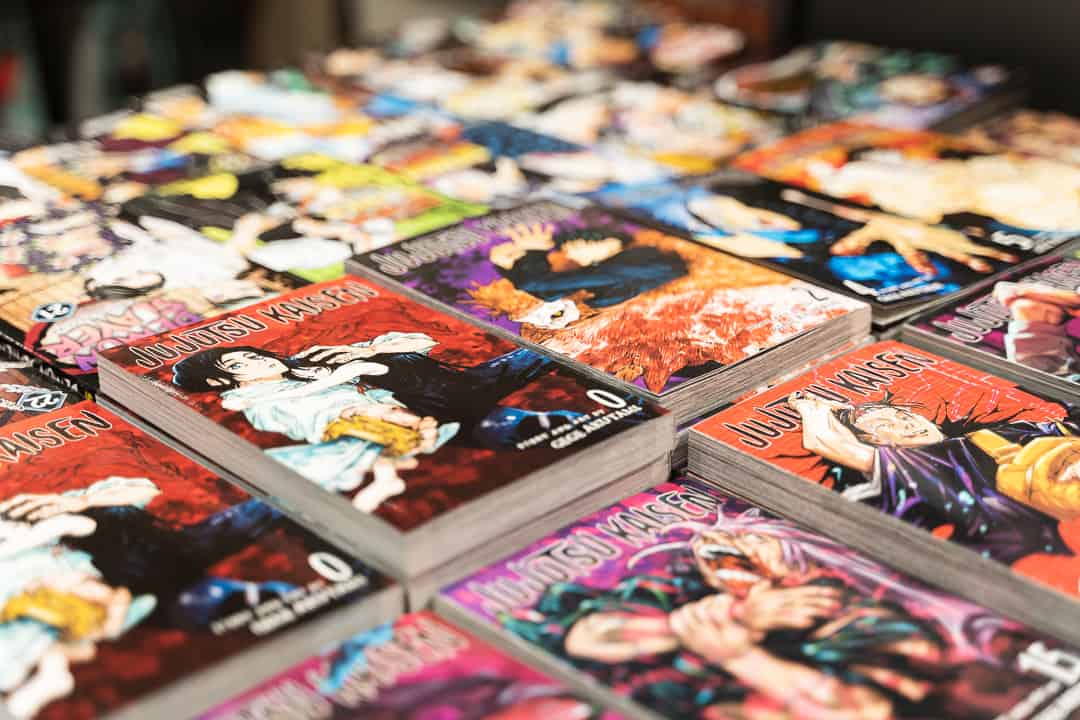I grew up obsessed with the X-Men. On Sundays after church, my father would take my brothers and me to the only well stocked bookstore we knew of at the mall. As we approached the entrance of the bookstore, I would dash in, gleeful and bouncing in anticipation of getting lost in the wonders behind its doors.
The bookstore is where I first learned to lose my outer embellished self to my other self, my raw inner self, the way one might get lost in a dream sea before they snap awake. I discovered what love was inside the pages of books. I glimpsed the vastness of a beautiful world in the stories I encountered, and it filled me with a hunger to simply learn. The X-Men were some of my first heroes. That is not to say that X-Men were just the first superheroes I got to know of, but that the graphic novel itself, in its storytelling and in its medium, also saved me from my bored mind and propelled me toward endless imagination.
This is what great literature does — it saves! Yet growing up, I never saw an English teacher open a comic book in class to discuss class differences or the complexities of womanhood as they did with novels like To Kill a Mockingbird or Jane Eyre. Until recently, graphic novels have been treated by academia and society as children’s playthings, bread for the weak minded. They are like dolls in that as you grow older, you are expected to naturally dispense of ‘childish’ toys like dolls and take up more adult pastimes — Russian literature, Negroni Sbagliatos, and taxes.
Normal people do not play with dolls past a certain age lest they be met with the particular distaste that we save for the grown adults who are enamoured by children’s things.
And yet, as a child, it was the X-Men that saved me from a lack of imagination with their carefully rendered fight scenes, bold superhero costumes, limitless variety of characters, stories and powers, and their overarching tale of a people who were being persecuted for being who they were.
The power of the graphic novel, as with all literature, is the power of manifesting imagination and dreaming as defined by Toni Morrison in her “Sarah Lawrence Commencement Address.” Morrison describes dreaming as intimate projection, “Pointed imagining [that] should precede our decision-making, our cause-mongering, [and] our action.” Believe it, say it, and so it shall be. You see, it is in the realm of dreams that God works too; here, He said, “Let there be light!”
In this spirit of dreaming, my first heroes lifted me up when I did not know what was possible. In the X-Men I saw that it was not a curse to be born as an “other” identity in disruption of heteronormative society, and that curses are not magic, but the intimate projection of evil dreams. I learned from my heroes that, to break a curse, you had to dream in return, dream so hard that you woke up in the world you wished to see, a world made in your own image.
For a young child, Neil Gaiman’s The Sandman might be a story of a dream god on a quest to retrieve his power, just as Moby Dick might be a story of a man and a whale. As we mature, however, we see the layers inside these narratives. Gaiman gives us the story of Morpheus, the god of dreams, on a journey to retrieve his objects of power and restore the dreamworld to allow humanity to dream properly again.
As we flip through The Sandman, we reckon with big existential questions; a world in which sleep is no longer a peaceful escape, where living becomes a waking death because dreams, the stuff of art and stories, cease to exist. Clearly, it’s worth taking a closer, more mature look at these texts.
By nurturing the skills of visual literacy and comprehension to enable readers to decipher meaning from words and pictures, graphic novels widen the possibilities for personal reflection, political protest, and overall storytelling. They also make complex and serious stories more accessible to children, allowing them to reckon with the real world in language they recognize.
Compared to my experience as a child, it is great to see graphic novels being taken more seriously. From the various university courses on graphic novels to brilliant TV adaptations like The Sandman, attitudes are changing to take graphic novels seriously as articles of literary merit.
Graphic novels combine both visual art and the written word to tell stories. They are different from written novels but just as valuable, in the way that poetry is different for its oratory nature and musical applications. To conflate written literature and art with graphic novels does justice to none of them. Instead, programs dedicated to graphic novels need to be developed. We need a graphic novel literary canon too.
Come what may, the beauty of the dream voice is that it is eternal, its morphic resonances endless in the end.


